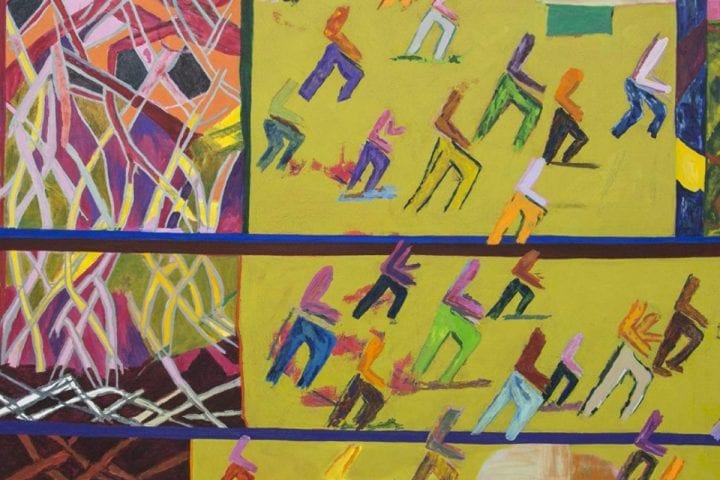
A Thousand Imaginations: What the Books of Alberto Ríos Say to Each Other
May 25, 2021
By Donna Miscolta
This essay is part of a series in which Seattle Arts & Lectures partners with Poetry Northwest to present reflections on visiting writers from the SAL Poetry Series. On Friday, May 28, at 7:30 p.m. (PDT) Alberto Ríos will read and discuss his work with Donna Miscolta at 7:30 pm in a pre-recorded digital event—get your tickets here!
In the multiple and varied works of Alberto Ríos, the place is the border, which is to say both the physical space where Mexico and the U.S. meet and the psychic space that people from the border carry within them. The characters are culled from memory and imagination, which is to say individuals we both recognize as family and welcome as strangers we were meant to meet. The time is the past, the present, and forever, which is to say, infinite in its truth.
These elements of story, which are shaped by a life at the border and its history, and infused by or crafted as poetry, are what make Ríos’s work speak to so many. While speaking to one’s readers might be the intention and hope of all writers, Ríos has indicated that his seventeen books, which include poetry, fiction, and memoir, also have another audience—each other.
“All my books speak to each other,” he said in a recent talk as part of the Penn State reading series. “They’re family. They need each other.”
What are they saying to each other? Why do they need each other? These are not questions one necessarily has to ask when reading Ríos’s work. The answers come unprompted from the works themselves.
A Poem and a Memoir Nod to Each Other
In his poem “El Esplendor” from his collection The Dangerous Shirt (Copper Canyon Press, 2009), Ríos recalls a hotel near his hometown in Nogales, a pearl in the desert that attracted movie stars and their acolytes. Ríos captures a moment in the past with a vividness that makes you an accomplice in the scene, substantiating the heat of the day, the stiffness of new jeans, the glory of being ten years old.
The poem opens with the purity of being.
I was a boy. It was a Saturday.
He was a boy wearing new jeans that fit perfectly—him, the moment, the place. The reader feels the effect this movie-star monument has on the boy and how its effect extends to the landscape—
To the edge of the hill this place sat on,
To the great edge of the whole of the wandering Santa Cruz Valley.
A different kind of monument with a similar effect is described in Capirotada, Ríos’s 1999 memoir (University of New Mexico Press). The Kress Department Store, crowded with knick-knacks where his great-Aunt Matilde worked, was emblematic of a time. So was his aunt.
My Aunt Matilde knew the world, she knew the back of her hand, and she knew what was in the store and what was what in the decade.
Like El Esplendor, Kress was an attraction until it became an anachronism and then a memory. But during its heyday, it served as more than a five-and-dime. It was a place to hold court if you were Aunt Matilde and a place to be mesmerized by the throng of must-have trinkets if you were a young boy. The boy taking in the splendor of a hotel in the desert and the boy lost in the “zoo of wild things that made Kress” nod at each other in recognition as if to say, “I know what you mean.”